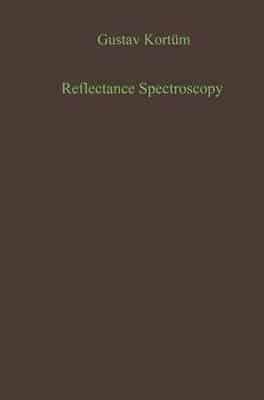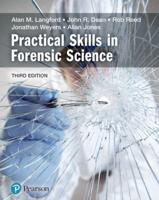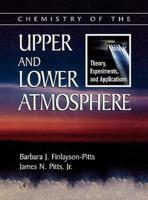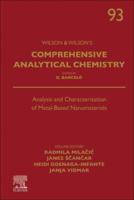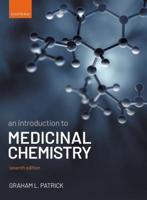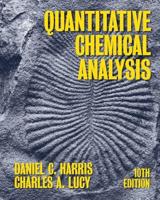Publisher's Synopsis
Reflectance spectroscopy is the investigation of the spectral composi tion of surface-reflected radiation with respect to its angularly dependent intensity and the composition of the incident primary radiation. Two limiting cases are important: The first concerns regular (specular) reflection from a smooth surface, and the second diffuse reflection from an ideal matte surface. All possible variations are found in practice between these two extremes. For the two extreme cases, two fundamentally different methods of reflectance spectroscopy are employed: The first of these consists in evaluating the optical constants n (refractive index) and x (absorption index) from the measured regular reflection by means of the Fresnel equations as a function of the wave A. This rather old and very troublesome procedure, which is length incapable of very accurate results, has recently been modified by Fahren fort by replacing the air-sample phase boundary by the phase boundary between a dielectric of higher refractive index (n ) and the sample (n ). 1 2 If the sample absorbs no radiation and the angle of incidence exceeds a certain definite value, total reflection occurs. On close optical contact between the two phases, a small amount of energy is transferred into the less dense phase because of diffraction phenomena at the edges of the incident beam. The energy flux in the two directions through the phase boundary caused by this is equal, however, so that 'total reflection takes place.


